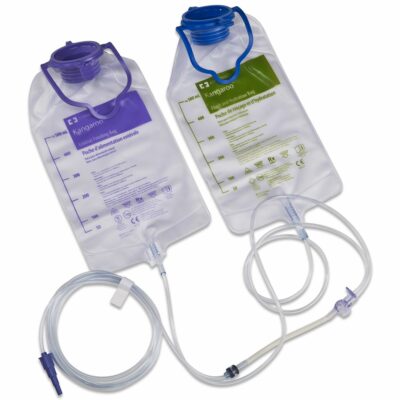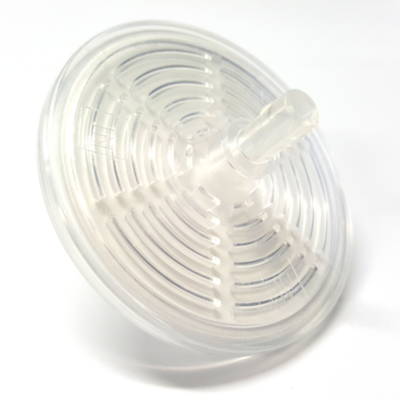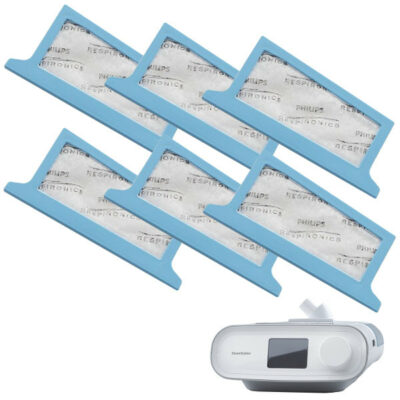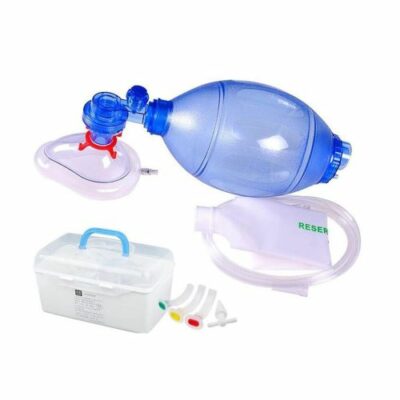No products in the cart.
Electromedical Devices: Advancing Healthcare Through Electrical and Electronic Technologies
Electromedical devices are specialized medical instruments that utilize electrical or electronic technologies to diagnose, monitor, treat, or assist patients with various medical conditions. These devices are crucial in modern healthcare, enhancing patient care, improving diagnostics, and facilitating therapeutic interventions across medical disciplines.
Read More
Types of Electromedical Devices:
Electrocardiographs (ECG or EKG): These devices record the heart’s electrical activity, aiding in diagnosing cardiac conditions and monitoring heart health.
Electroencephalographs (EEG): EEG devices measure brain activity, assisting in diagnosing neurological disorders such as epilepsy and sleep disorders.
Electromyography (EMG): EMG devices record the electrical activity of muscles, helping diagnose neuromuscular disorders and assess nerve function.
Pacemakers: These implantable devices regulate heartbeats by sending electrical impulses to the heart muscles, ensuring proper rhythm.
Defibrillators: Defibrillators deliver controlled electric shocks to the heart to restore normal heart rhythm during life-threatening cardiac arrhythmias.
TENS (Transcutaneous Electrical Nerve Stimulation) Units: TENS devices relieve pain by delivering controlled electrical impulses to nerve endings through the skin.
Electrosurgical Units: These devices use electrical energy to cut, coagulate, or ablate tissue during surgical procedures.
Medical Imaging Equipment: X-ray machines, MRI scanners, CT scanners, and ultrasound devices use various electrical technologies to create detailed medical images.
Benefits of Electromedical Devices:
Accurate Diagnostics: Electromedical devices provide precise measurements and readings for diagnosing various medical conditions.
Effective Treatment: Devices like pacemakers, defibrillators, and TENS units offer practical cardiac and pain management interventions.
Real-Time Monitoring: Devices such as ECG and EEG machines enable real-time monitoring of vital physiological parameters.
Minimally Invasive: Electromedical devices often allow for non-invasive or minimally invasive procedures, reducing patient discomfort and recovery times.
Advancements and Future Trends:
Wireless Connectivity: Many electromedical devices are now equipped with wireless connectivity, enabling remote monitoring and data transmission.
Innovative Technology: Integrating innovative technology allows patients and healthcare professionals to access and analyze data quickly.
Artificial Intelligence: AI is incorporated into electromedical devices to improve diagnostics and predict health outcomes.
Personalized Medicine: Electromedical devices contribute to personalized treatment plans based on individual patient data.
Conclusion: Electromedical devices are indispensable in modern healthcare, offering accurate diagnostics, effective treatments, and real-time monitoring. By harnessing electrical and electronic technologies, these devices contribute to better patient outcomes, improved quality of care, and advancements in medical practices. Recognizing the significance and applications of electromedical devices is essential for healthcare professionals aiming to provide comprehensive medical services and enhance patient well-being.















